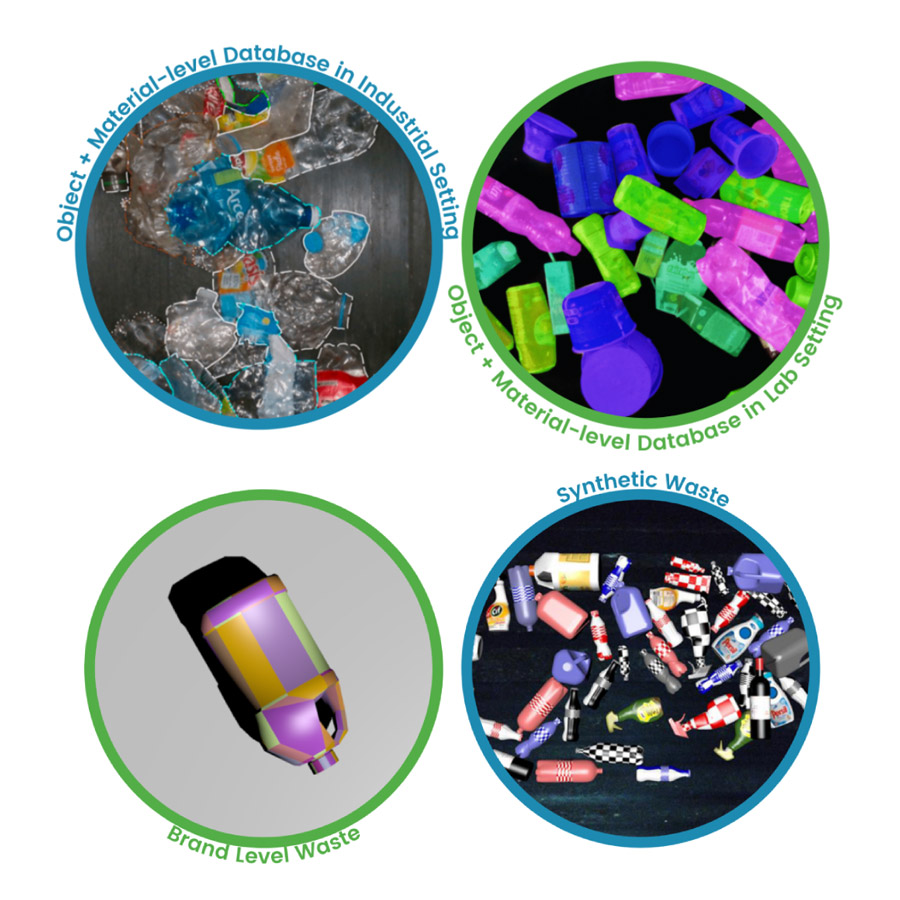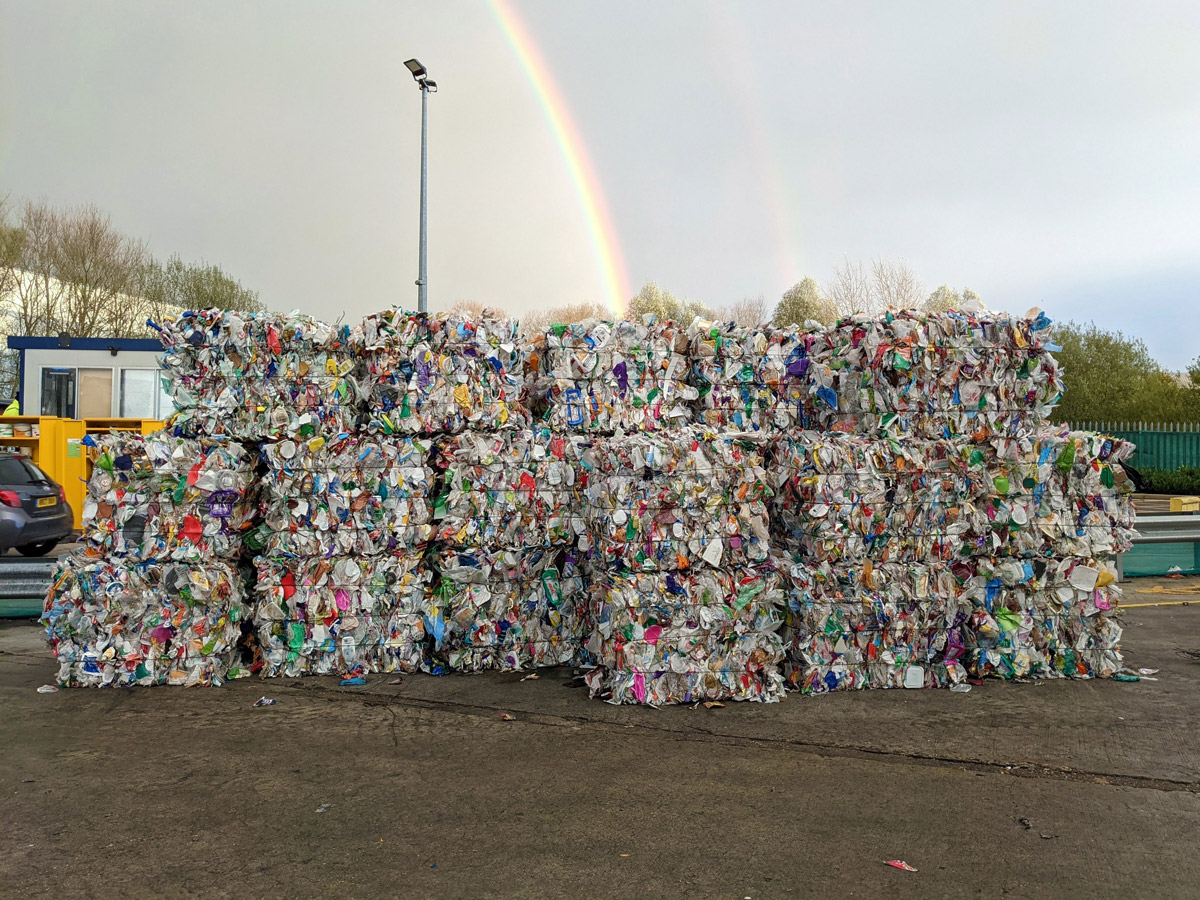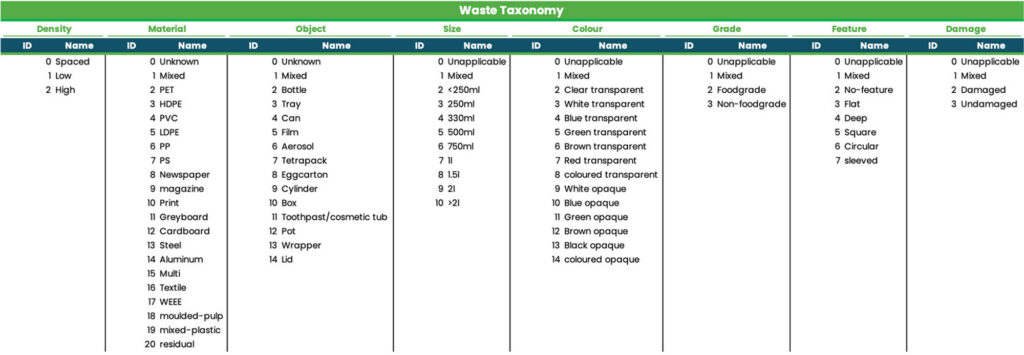Solutions
WasteNet
The world’s largest dataset for waste.
The world’s largest dataset for waste.
Our pioneering research has been developed in partnership with academics at leading universities to create WasteNet: the world’s largest dataset for waste.
It boasts over 3 million training images created by deep learning and computer vision, refined by weight and brand-level detection.

Using Recycleye Vision, our computer vision experts have analysed over 3 million images of waste items in MRFs (and counting!).
Collated by our expert team of machine learning engineers and academic research partners, these databases are at the heart of our image detection capabilities.

The Recycleye waste taxonomy offers a global standard for waste classification, providing you with a common, clear language for market participants.

